What do you do when you want to refurbish a historic landmark hotel, without alienating its loyal and discerning clientele? You take out the chequebook and go in search of the best. That's exactly what Francis and John Brennan have done with the refurbishment of the ground floor at their Park Hotel in Kenmare, Co Kerry, which reopened this week.
In this case, the best is local boy turned internationally acclaimed designer Bryan O’Sullivan, Elle Décor Interior Designer of the Year 2020, whose work can be seen at the Berkeley and Claridge’s hotels in London, as well as private homes in London, Paris, New York and beyond.
The refurbishment, costing in excess of €1 million, has given the hotel a new reception area, a cocktail bar and a champagne bar, as well as an outdoor dining terrace. The drawingroom and diningroom spaces have also been completely rearranged. And yet the 41-bedroom hotel, which dates from 1897, does not feel as if it has had a personality change. Instead, like a beautiful face that has had a little work done, the changes are so subtle that you can’t quite put a finger on what’s different, but the overall effect is a fresher, brighter, more youthful appearance.
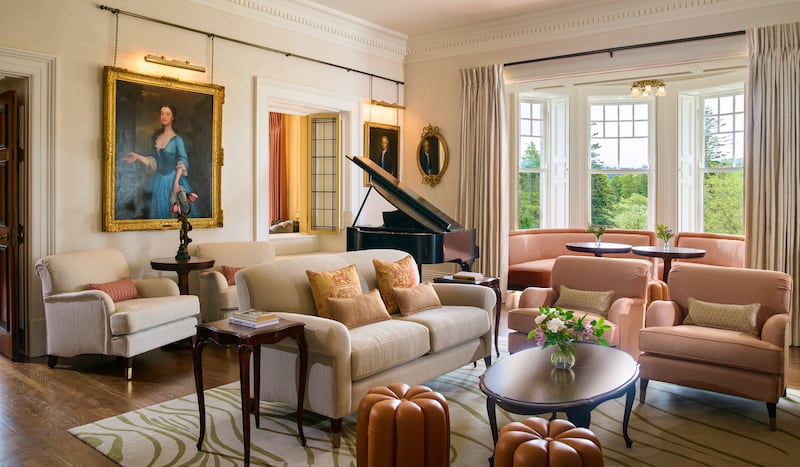
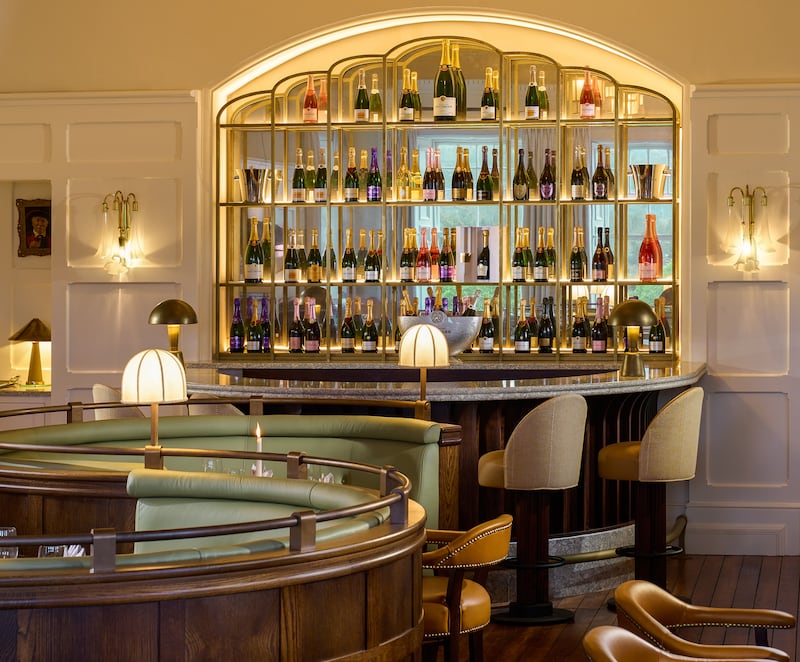
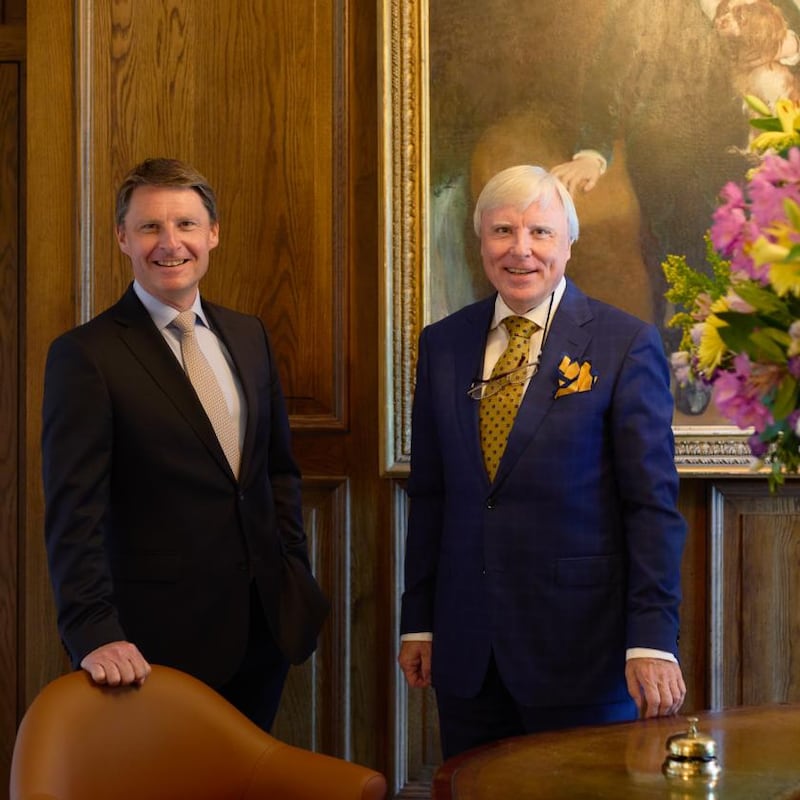
O’Sullivan’s design studio is based in London, but his work takes him all over the world. He was back in Kenmare recently to see the final touches in the eight-month project being put in place, but when we make contact on Wednesday morning, it is from “the back of a car on a very bendy road in Greece, with a very fast driver, en route to the airport”.
He says he was “honoured and chuffed” to be chosen to take on this project. “Growing up in Kenmare, it was the place our family would go for a special occasion dinner or drink, so my association with the Park was that it was a very special treat. It was a big responsibility and challenge to refurbish the hotel but without losing the essence of what the Park Hotel is.”
His clients, the Brennan brothers, are delighted with the final result, which seamlessly incorporates international design and the work of local craftsmen and women, and artists. It’s a sympathetic restoration that relies on subtlety and skill. The stucco plasterwork in the drawingroom and hallway, for example, was done over a seven-week period by a team of master craftsmen from Venice.
"I thought, jeepers, they'll be here for 12 months. The Sistine Chapel didn't get as much attention as in here," Francis Brennan recalls, having watched the artists at work. "They came to work every day in pristine white overalls and little hats. One day I came in, one fella was up the ladder with the little trowel, another fella was holding the ladder and the other fella had a big light. And I'm thinking, at the price they're charging, could we not get a local fella to hold the ladder?" he says with a laugh.
John Brennan, managing director of the hotel, led the project on the client side and, in his typical hands-on fashion, is putting one of the final elements in place when I visit: hanging a painting over the drawingroom fireplace. He is delighted with the finished work, describing it as “warm, fresh, comfortable and elegant. Not an easy task for a building that dates from 1897.”
Francis Brennan, who according to a member of the hotel management team “does not like change”, may have been slower to come around to the new look. “It’s completely different, not my Park, if you know what I mean, the way I remember it, but I think it’s fantastic,” he says.
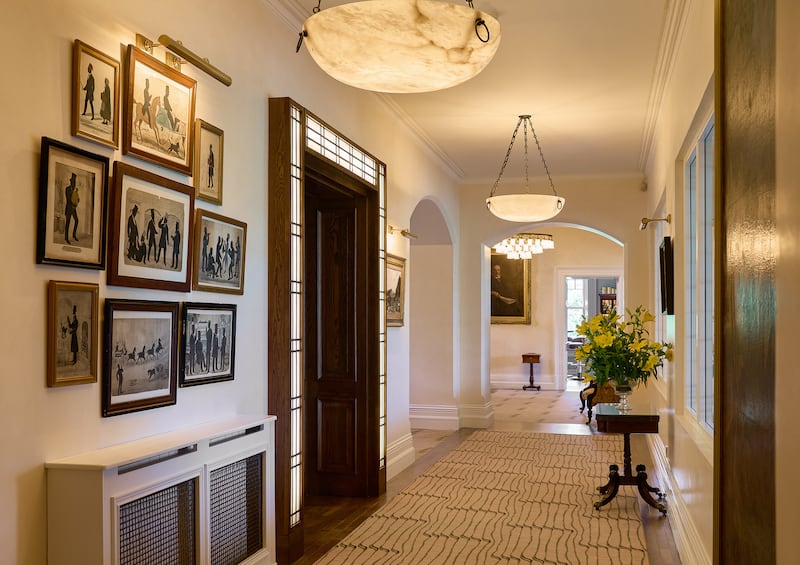
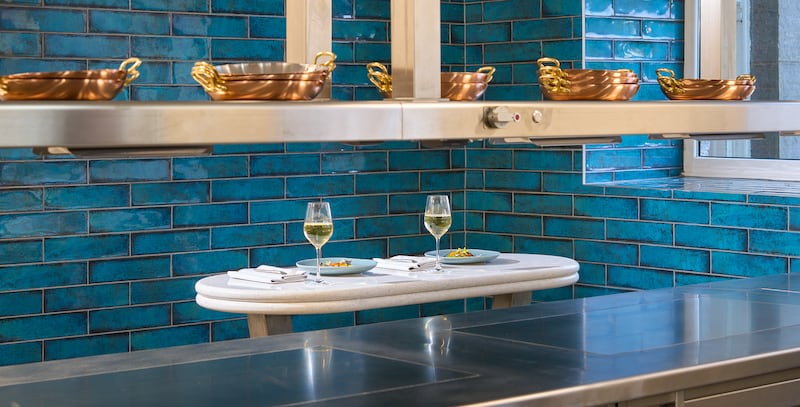
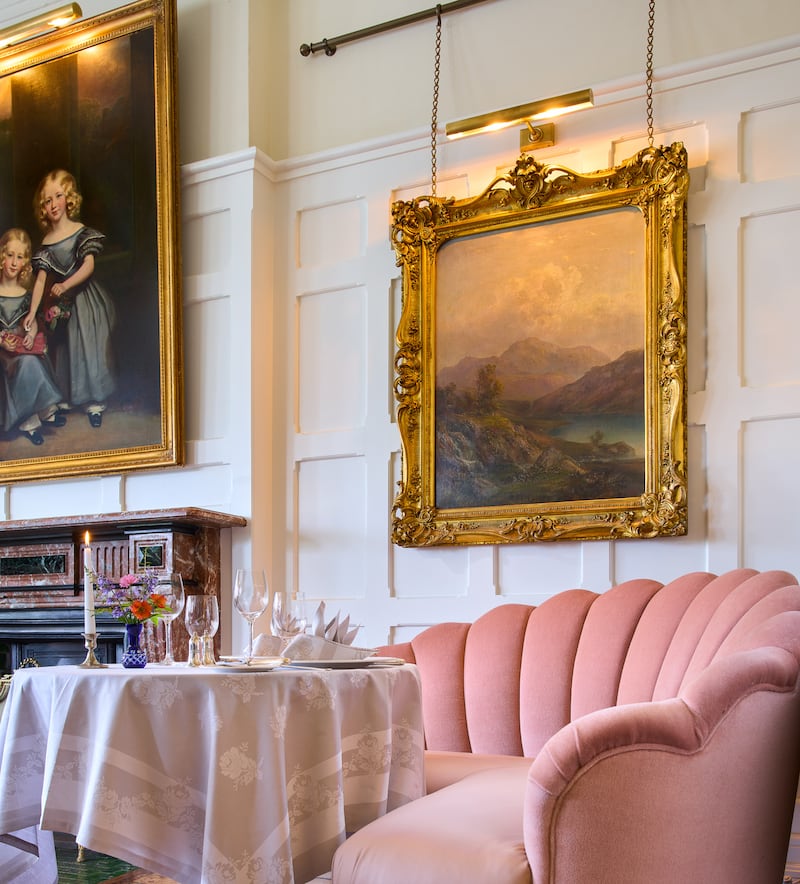
The changes are evident, though subtly so, from the entrance hallway, where a new wall of handmade obscured glass brings additional light from the main dining room and the terrace beyond. This is a newly reconfigured L-shaped room combining what was the original dining room and the more casual brasserie, now capable of seating 81 guests in spacious surroundings.
The champagne bar gives the dining room a new focus, and a central curved banquette, made by Tim Dunleavy of Dunleavy Bespoke in Kildare "means there's not a bad table in the room", John Brennan says. Additional cabinetry work was done by Oliver Holbein of the Kenmare firm Holbein Carpentry & Joinery.
There is also a new cocktail bar, housing the hotel's extensive whiskey collection, and which, like the champagne bar, was built by the local firm of Joop Duyn & Sons. This room, painted floor to ceiling in a cool blue, brings to mind the Blue Bar at the Berkeley, designed by one of O'Sullivan's mentors, the late David Collins.
"We wanted the renovation to be sympathetic with the era of the building, and to appear like a light touch refurbishment," O'Sullivan says. "Most of the colour palettes are light and fresh, but going a little deeper and moody in the cocktail bar and adjacent garden room. We were also inspired by the local artist Cormac Boydell and his simple line sketches, which line the walls in grid format in the cocktail bar."
Like any renovation project, it wasn’t all plain sailing. “Covid was a very big issue for us on this project. It was difficult to travel during the concept design period, so lots of our meeting with John were on Zoom,” O’Sullivan says. “There was also the added issue of Covid outbreaks among our suppliers in their factories, which caused shutdowns and delays.”
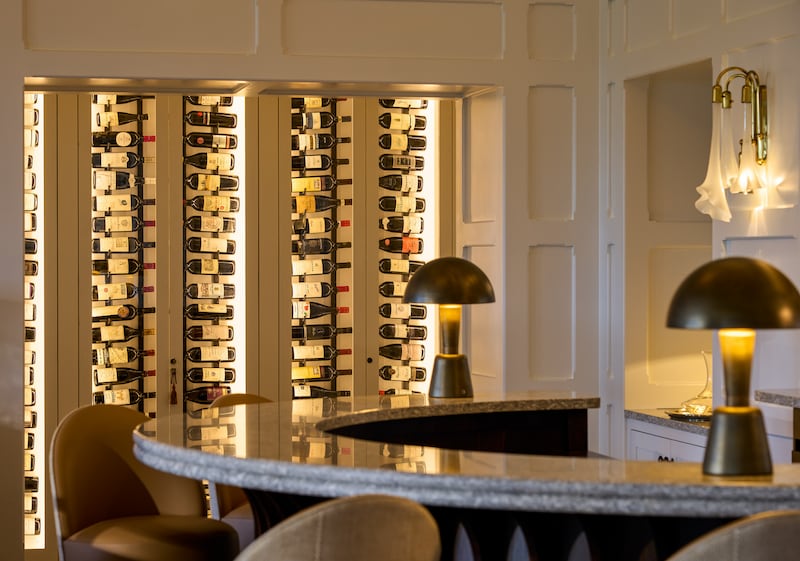
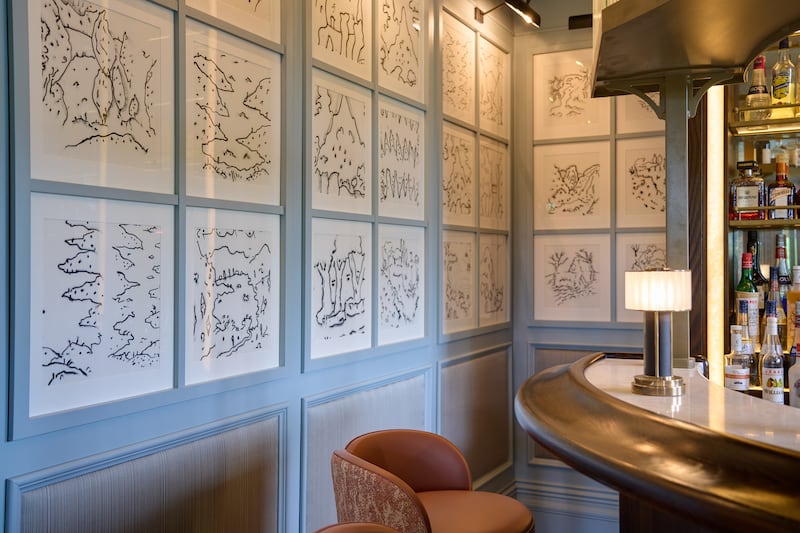
O’Sullivan has difficulty narrowing down his favourite aspects of the project. “I really like how all the spaces work together but all have their own identities. I’m in love with the corner banquettes in the restaurant, and how the fluted backs give a nod to deco, and sit beautifully in front of the off-white panelled walls. I am obsessed with the deco-inspired handmade glass and oak surround to the lift and the panelling to the lift car itself. It just elevates, literally, the experience of using the lift.”
The changes and upgrades are not confined to front of house. In the kitchen, head chef James Coffey and his team are working with a new Morrone kitchen from Italy, the first of its kind in Ireland. The amalgamation of the diningroom and the brasserie has necessitated a menu overhaul too. Guests will now choose from an extensive a la carte menu that has plenty of scope to order light meals, a four-course dinner or a tasting menu.
The aim is to cater for all types of appetites while showcasing local ingredients, and offering enough variety to draw residents in for more than one dinner during their stay, as well as “give people a bit of freedom in how they want to eat”, Coffey says.
There is one thing you might expect to find on offer but won’t. “I have taken farmed salmon completely off the menu. We don’t even have smoked salmon for breakfasts,” says Coffey. He also refuses to serve wild salmon when it is seasonally available. “I could, but it’s not sustainable: it’s an endangered species,” says the experienced fisherman and forager. “When it’s explained to them, we have not had a single guest complain.”
The hotel's general manager, TJ Mulcahy, previously deputy GM at Ashford Castle and GM at Hayfield Manor, started work at the Park in March of last year, just days before the initial lockdown. "I love it. I've seen the detail that has gone into it," he says of the refurbishment. He and other key members of staff, including the bar manager, John Moriarty, were on site during the works, helping in any way they could.
Mulcahy says the hotel is gearing up for a busy season, despite the lack of foreign trade. “We’ve a great summer on the books. We are well into the 90s [in terms of guest numbers] for July and into the 80s for August, and September is looking good,” he says, indicating practically full occupancy – all fuelled by the home market, keen to see what the superstar designer has done with “their” hotel.

















